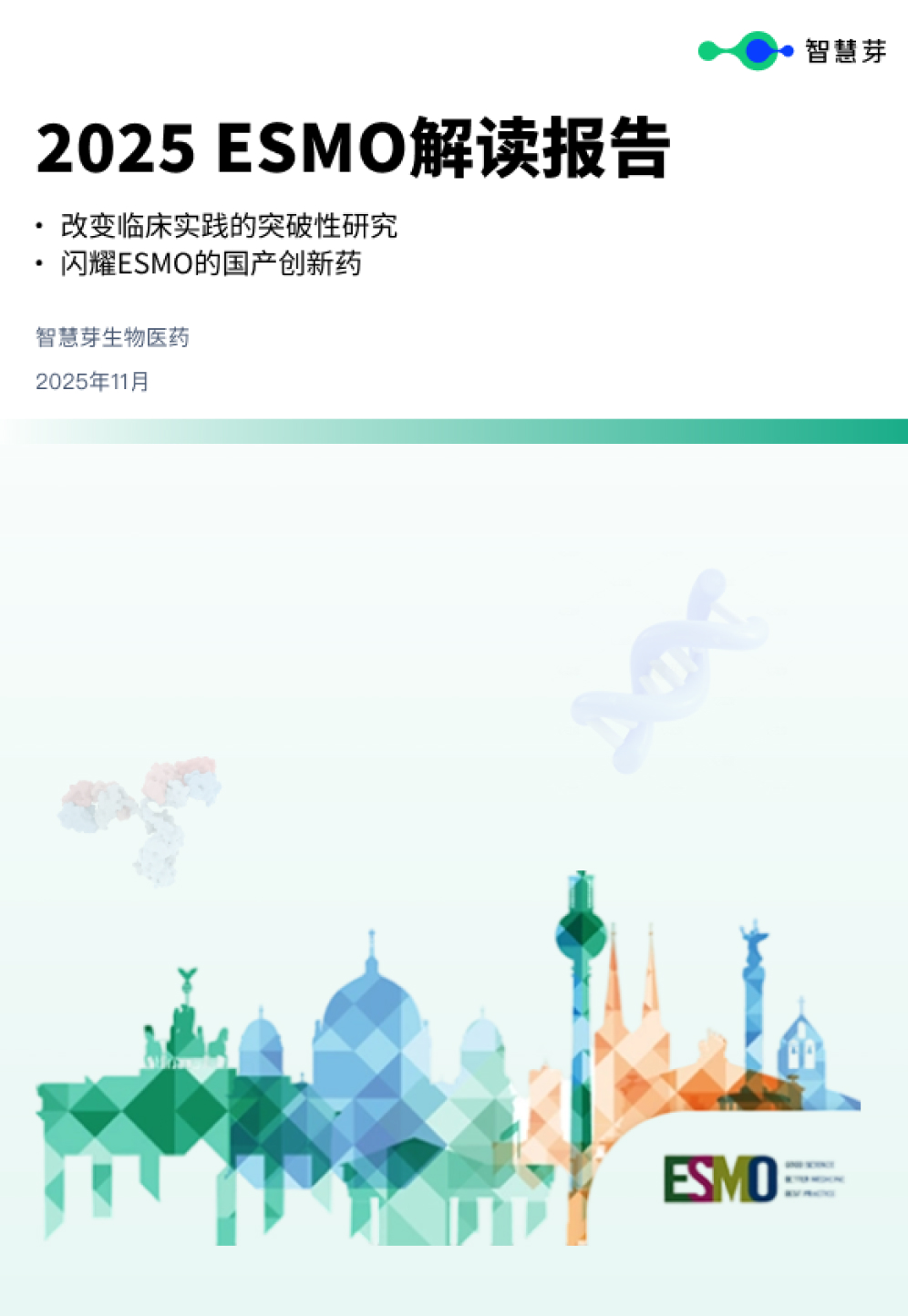预约演示
Mushroom Foraging Warning from the Poison Control Center at Children's Hospital of Philadelphia
2022-10-18
PHILADELPHIA, Oct. 18, 2022 /PRNewswire/ -- One of the spookiest parts about this Halloween season has been the number of people being hospitalized after ingesting wild mushrooms. The recommendation from the Philadelphia regional Poison Control Center at Children's Hospital of Philadelphia (CHOP): Enjoy time exploring the outdoors, but unless you have an experienced mycologist (a mushroom expert with a scientific background in mushroom identification) to declare a wild mushroom safe to eat, do not eat any you may find.
In the past month, eleven cases of wild mushroom poisoning due to foraging have been reported to the Poison Control Center. Seven of these cases led to hospitalizations, including three patients who were admitted to intensive care, including one who needed a life-saving organ transplant due to exposure.
It's easy to underestimate how difficult it is to correctly identify a poisonous mushroom. Many poisonous wild mushrooms look almost the same as wild mushrooms that are edible or the cultivated mushrooms we buy at the grocery store and eat in our homes. In fact, sometimes they look so similar that even experienced foragers who are not experts are at risk of misidentifying a mushroom. Toxicologists are taught the old adage, "There are old mushroom pickers, and bold mushroom pickers, but NO old, bold mushroom pickers!"
Additional key facts to remember about wild mushrooms:
Symptoms from eating poisonous mushrooms may not appear for several hours to days after eating them.
Cooking many wild mushrooms – especially those that may cause critical illness like liver failure – does not make them safe to eat.
Your eyes can play tricks on you: differences in soil and climate can also make mushrooms that are highly toxic here look very similar to those that are perfectly safe to eat in other parts of the world. This is especially important for immigrants who might find wild mushrooms in the U.S. that look like edible mushrooms found in their country of origin, but are very poisonous.
If a person has picked a wild mushroom and decides to eat it, they should take a picture of it before they eat it, including the top and bottom of the cap, the stem, and the base of the mushroom. If symptoms develop in the hours to days after eating, it is crucial to seek urgent medical care, and to bring the pictures to help identify the mushroom and guide appropriate treatment.
If you think that you or someone you know has eaten a wild mushroom, call the Poison Control Center right away at 1-800-222-1222. This number will put you into contact with nurses, pharmacists, and doctors who are trained to recognize all types of poisonings. They will provide you and your family with expert, compassionate, and judgment-free care.
Contact: Joey McCool Ryan
(267) 258-6735
[email protected]
SOURCE Children's Hospital of Philadelphia
更多内容,请访问原始网站
文中所述内容并不反映新药情报库及其所属公司任何意见及观点,如有版权侵扰或错误之处,请及时联系我们,我们会在24小时内配合处理。
靶点
-药物
-生物医药百科问答
全新生物医药AI Agent 覆盖科研全链路,让突破性发现快人一步
立即开始免费试用!
智慧芽新药情报库是智慧芽专为生命科学人士构建的基于AI的创新药情报平台,助您全方位提升您的研发与决策效率。
立即开始数据试用!
智慧芽新药库数据也通过智慧芽数据服务平台,以API或者数据包形式对外开放,助您更加充分利用智慧芽新药情报信息。



